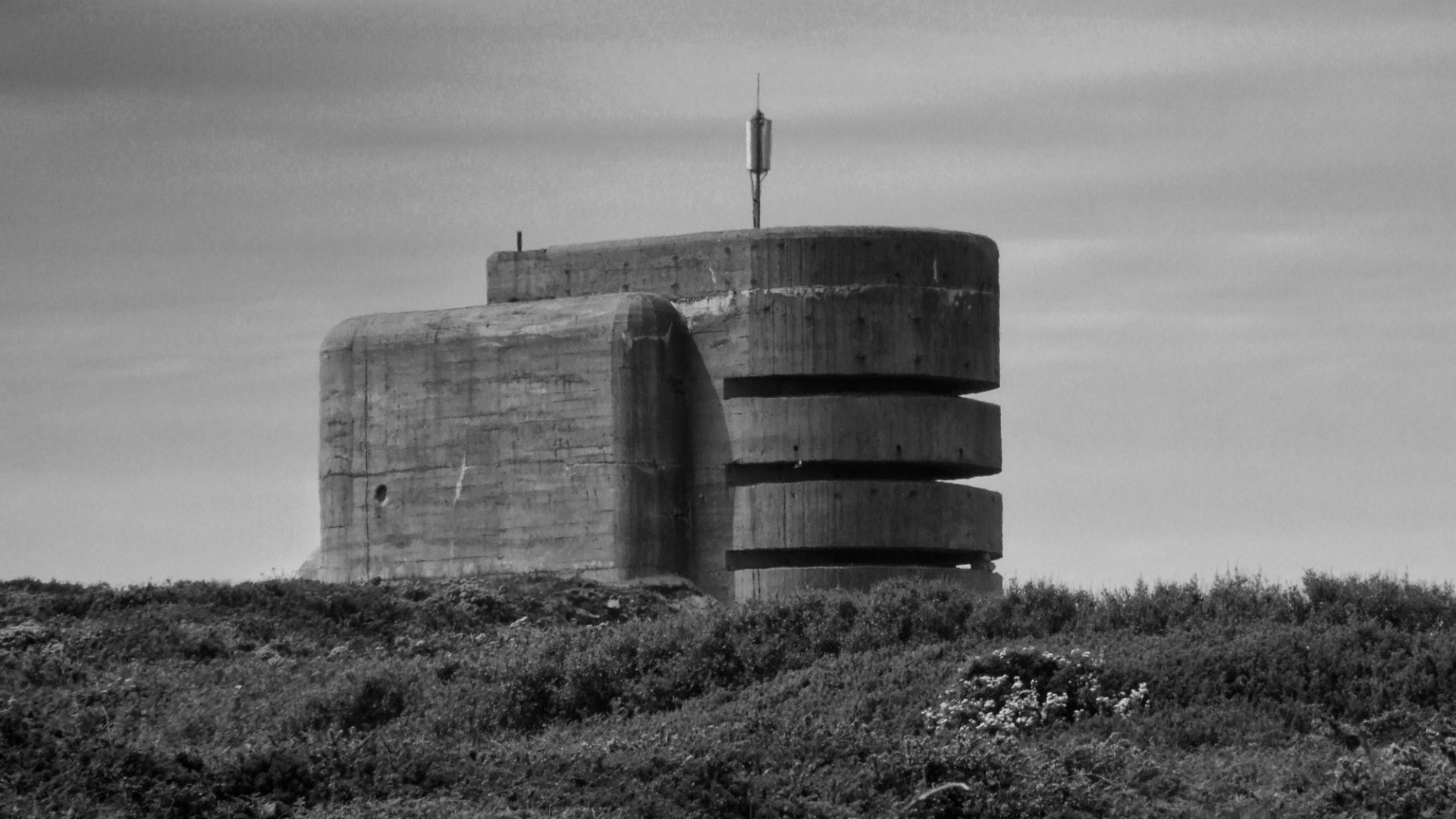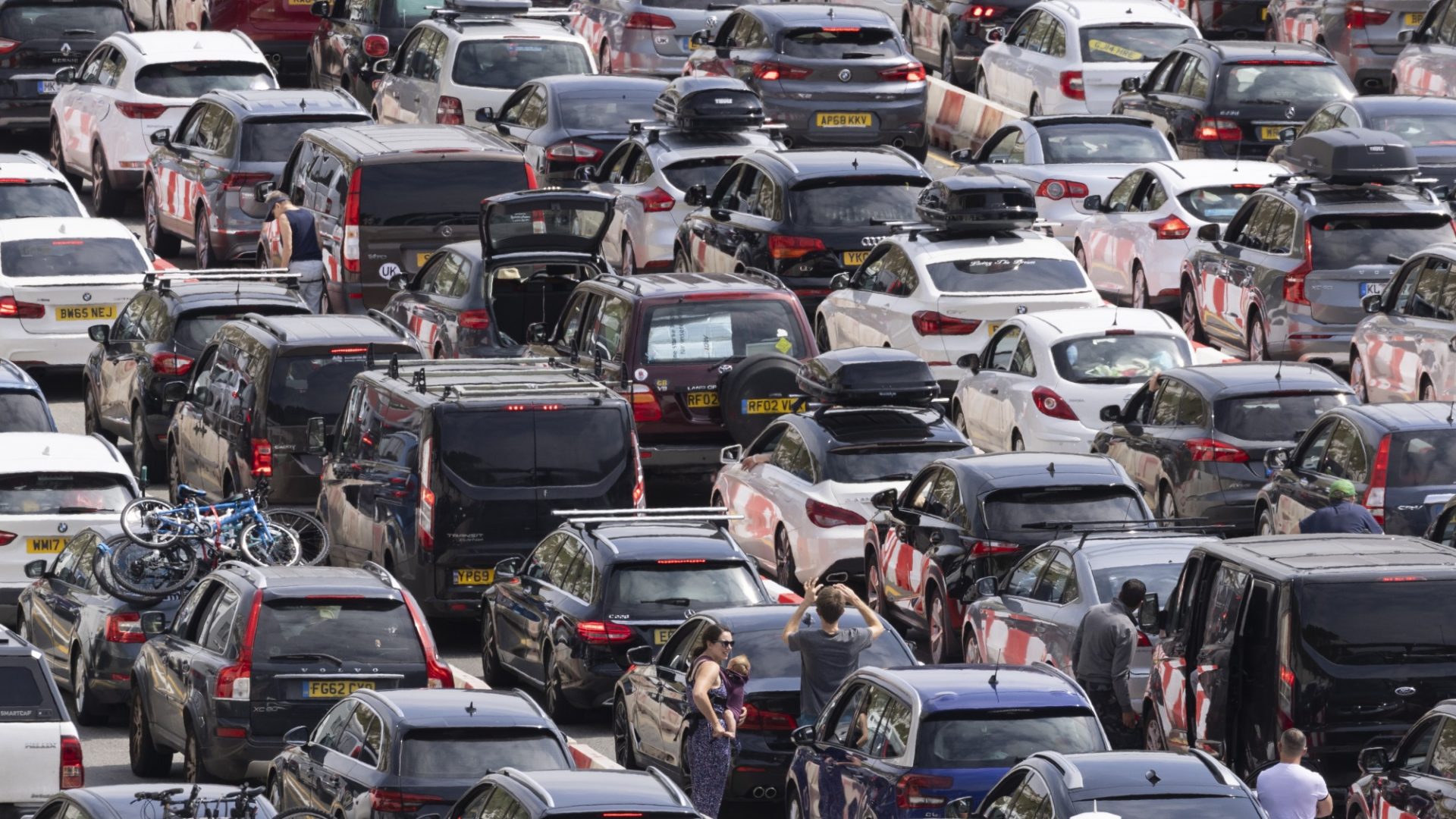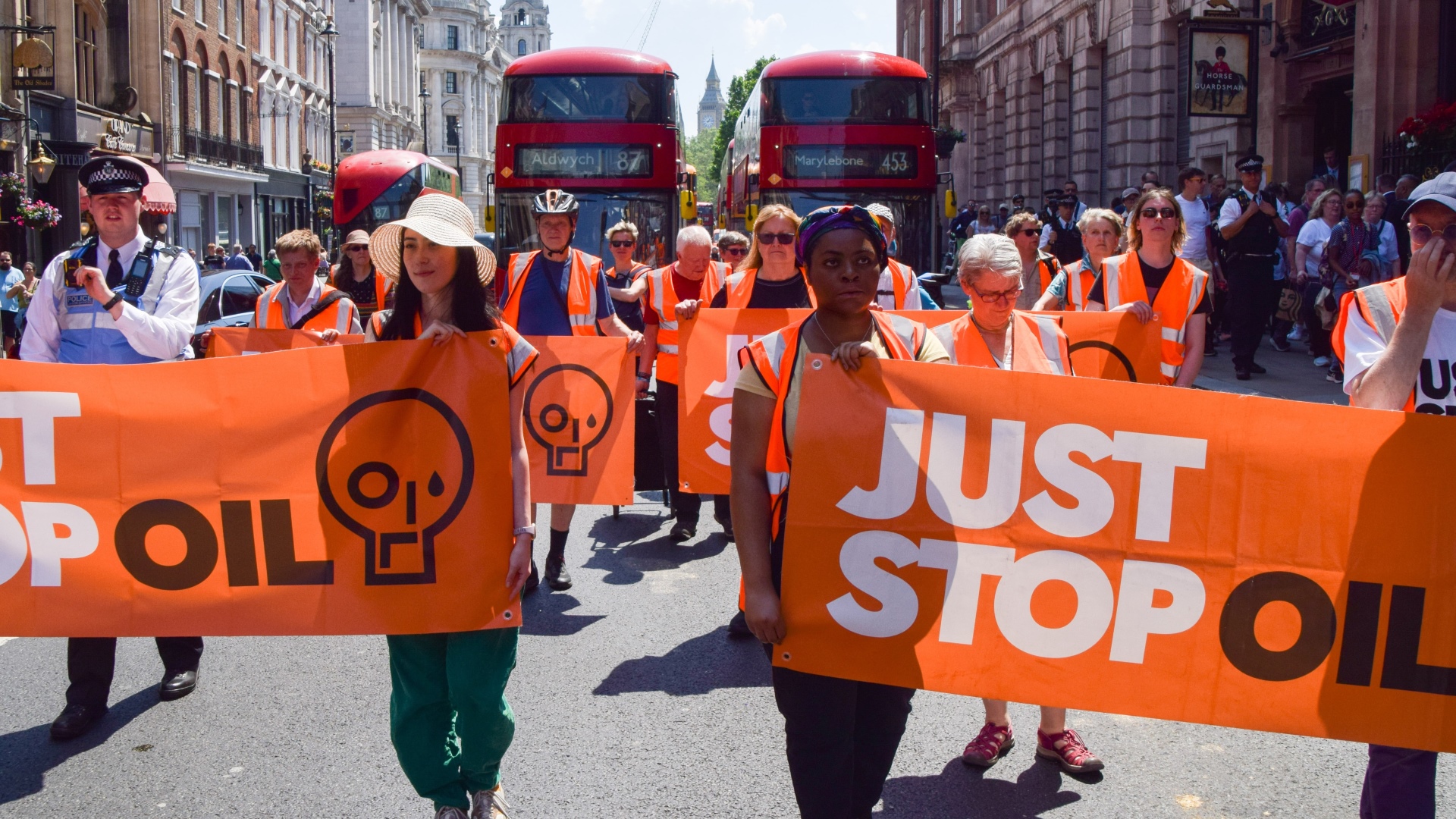This story was produced in partnership with Coda
Isobel Cockerell is a senior reporter at Coda
Most years, when the Channel Islanders of Alderney come together on May 22 to memorialise the victims of the Nazi occupation, it rains. A chilly wind whips up from the sea as a congregation gathers to pay tribute to the thousands of people who toiled and died in forced labour camps on this tiny island. But today, it’s bright and clear.
Fluttering above us, with the sea and the sky beyond, is a blue-and-white striped flag. It represents the uniforms of the prisoners. There are plaques in Russian, Hebrew, French, Polish and Spanish to commemorate the victims of the German occupation of this island between 1940 and 1945. The Channel Islands were the only piece of British territory Adolf Hitler managed to conquer during the second world war. And on Alderney, the Nazis built a series of labour camps – including two concentration camps run by the SS.
In the UK, this story is far from common knowledge. Even when I ask other Channel Islanders from Jersey if they knew Nazi camps existed on British soil, they’re hazy on the details.
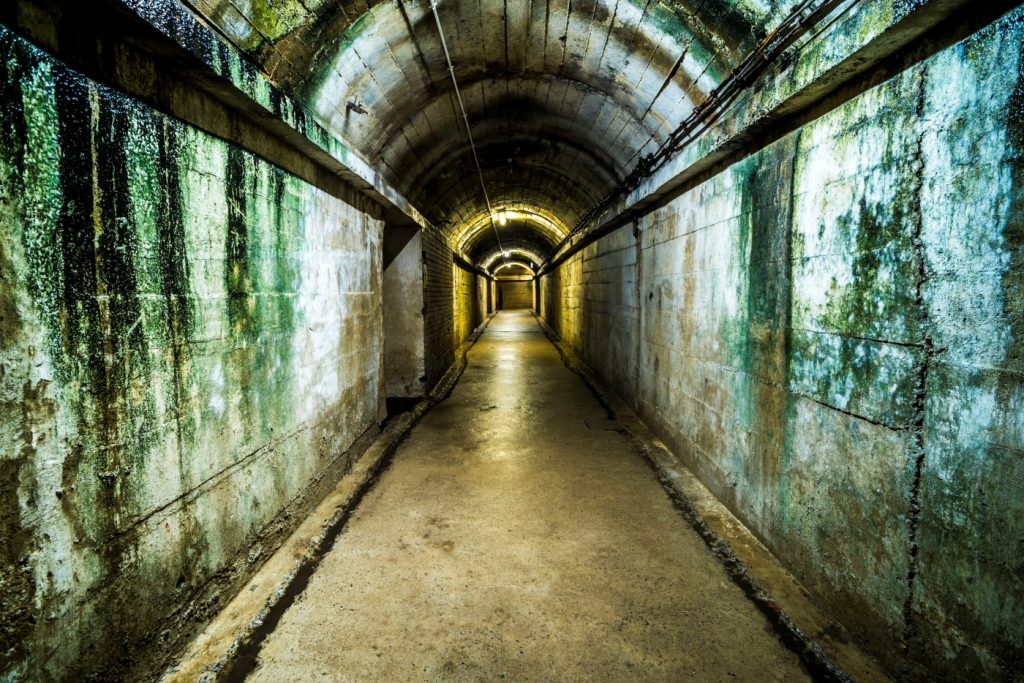
When she was home secretary, Priti Patel announced the government’s plan to transfer asylum seekers to detention centres in Rwanda. But before this policy was introduced, Alderney was floated by a right-wing thinktank as a possible destination for detainees. “Its location and topography make it suitable in many respects,” the report read, before noting that the island was “gravely misused during World War II by the Nazis.” The thinktank’s authors added that while the difficulty of the island’s tiny airfield might be overcome, “the problem of bad associations may be less tractable.”
The suggestion was quickly squashed perhaps, some islanders thought, because international attention on Alderney would open an enormous Pandora’s box.
When the British began investigations on the island after the war, it gradually dawned on them that the scale of atrocities could warrant full-scale war crimes trials. As this realisation took hold, there was a shift in the tone of the investigations, says Prof Caroline Sturdy Colls, a forensic archaeologist at Staffordshire University who has studied the island for more than a decade. The official narrative changed, skating over the fact that 27 different nationalities were thought to have been brought to the island, among them hundreds of French Jews. Instead, the Foreign Office simply said that “for practical purposes Russians may be considered to be the only occupants of these camps”. The stories of other prisoners – Jews, other Europeans, north Africans – were largely erased from the official history of Alderney.
At the memorial service, the self-governed island’s president, William Tate, said: “There are those who say that we don’t do enough. I take issue with that. I think we all live with the responsibility of ensuring that the lives of those people that were lost during that period do not go unremarked.”
Alderney is a three-mile-long sliver of land that is home to around 2,000 people. Wildly beautiful, surrounded by the Atlantic, the island is fringed with sandy, crescent-shaped beaches. Alderney’s capital, St Anne, is a postcard-perfect, cobbled town. Though it’s just 10 miles off the coast of France, this is unmistakably British soil.
Unlike the other islands of Jersey, Guernsey and Sark, where British residents lived under German occupation, the people of Alderney decided to evacuate their homes in June 1940, when the fall of France was imminent. They did not return until December 1945. A mere handful of islanders remained and the German occupiers acted with impunity, building labour camps and SS-run concentration camps.
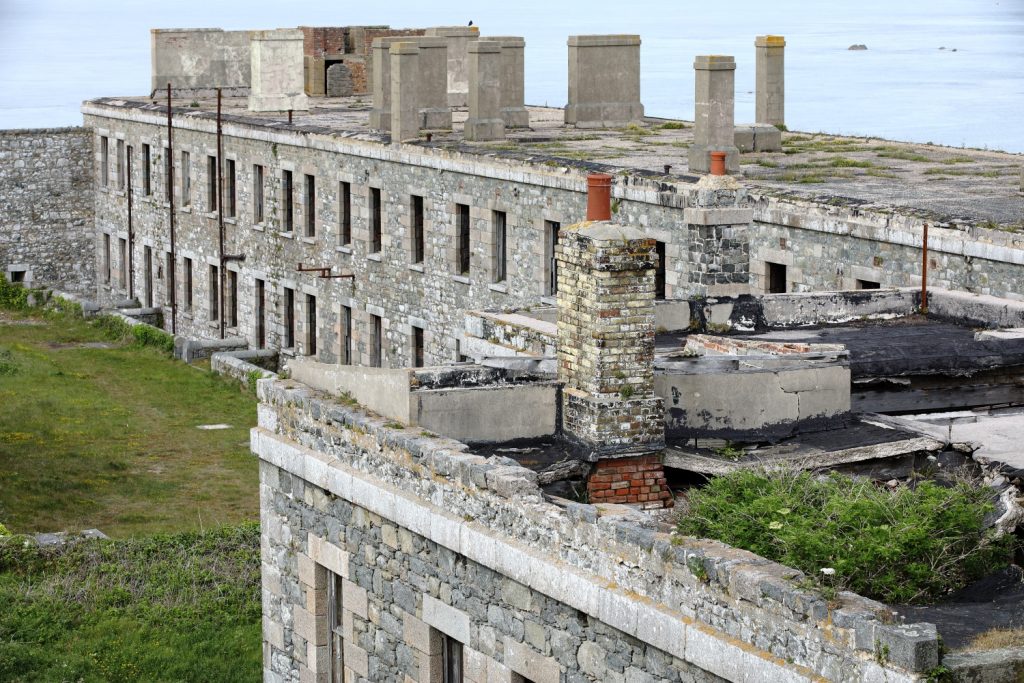
Fort Tourgis, built on Alderney in the 1850s, was utilised by the German occupiers during the second world war. Photo: Ilias Katsouras Jr/Getty
The camps operated under the system of Vernichtung durch Arbeit – extermination through hard labour – and hundreds, if not thousands, of prisoners died here. They were forced to build a vast network of fortifications as part of Adolf Hitler’s “Atlantic wall”, a series of defences along the coast of continental Europe.
Alderney is still disfigured by concrete bunkers, firing ranges, batteries, and cement fortifications. Threading through the rock deep below the island, a vast network of tunnels has been gouged out by forced labourers. The official number of dead is 337 – but other estimates run into the thousands, some as high as 70,000.
When the islanders returned after the war, they said the birds didn’t sing. The island was covered with barbed wire and concrete, and the silence suggested that something terrible had happened. The islanders were told little and asked few questions. Children knew that the grave sites were where “slave labourers were buried”. But, said Sally Bohan, who returned to Alderney after the war as an infant, she didn’t truly absorb what that meant until her late teens. “We didn’t realise the severity, and just the awfulness of it. And there was nothing here to say what had happened.”
Witness testimonies recounted bodies being tipped off the breakwater, of people dying while building a vast anti-tank wall along one of the island’s beaches, their bodies simply folded into the cement. Islanders talked about finding bones on the beaches. About seeing ghosts: juddering forms dressed in the forced labourers’ distinctive striped uniform, up by Lager Sylt, the SS concentration camp near the site of the current airport.
A question has always hung in the air. Why did the British government let evidence of German war crimes on its soil remain in obscurity?
Different islanders have different answers. Because Britain had a country to rebuild. Because the atrocities weren’t on a scale to require Nuremberg-style trials. Because no one wanted to reflect on cooperation by Channel Islanders in German crimes. Because there was a collective sense of shame about letting the Channel Islands fall into enemy hands. Because no government wanted talk of Jewish murders on its soil.
In a fiery meeting in Alderney last July, Eric Pickles, head of the UK delegation of the International Holocaust Remembrance Alliance, said the time had come for Britain to face up to its history during the Holocaust, “warts and all”.
“This is about telling the truth,” he said, “the unvarnished truth, not for the titillation of others, but because you own it. It’s yours. You didn’t ask to be the custodians of the most important Holocaust site in the British Isles. It’s not what you asked. But you are the custodians and we want to support you.” The alliance recommended improving the mapping, signage and listing of the camp sites and grave areas.
The first person to stand up was Susan Allen, 77, a retired Alderney resident who had worked for the British Foreign Office. “I’m appalled by all this,” she said. “You are talking about taking over the whole island and turning it into a Holocaust – almost a Disneyland.”
Lord Pickles seemed struck by the virulence of the opposition he faced at the town hall. “We’re merely suggesting there should be some small stones, just to be able to give an approximate idea of where things are,” he said.
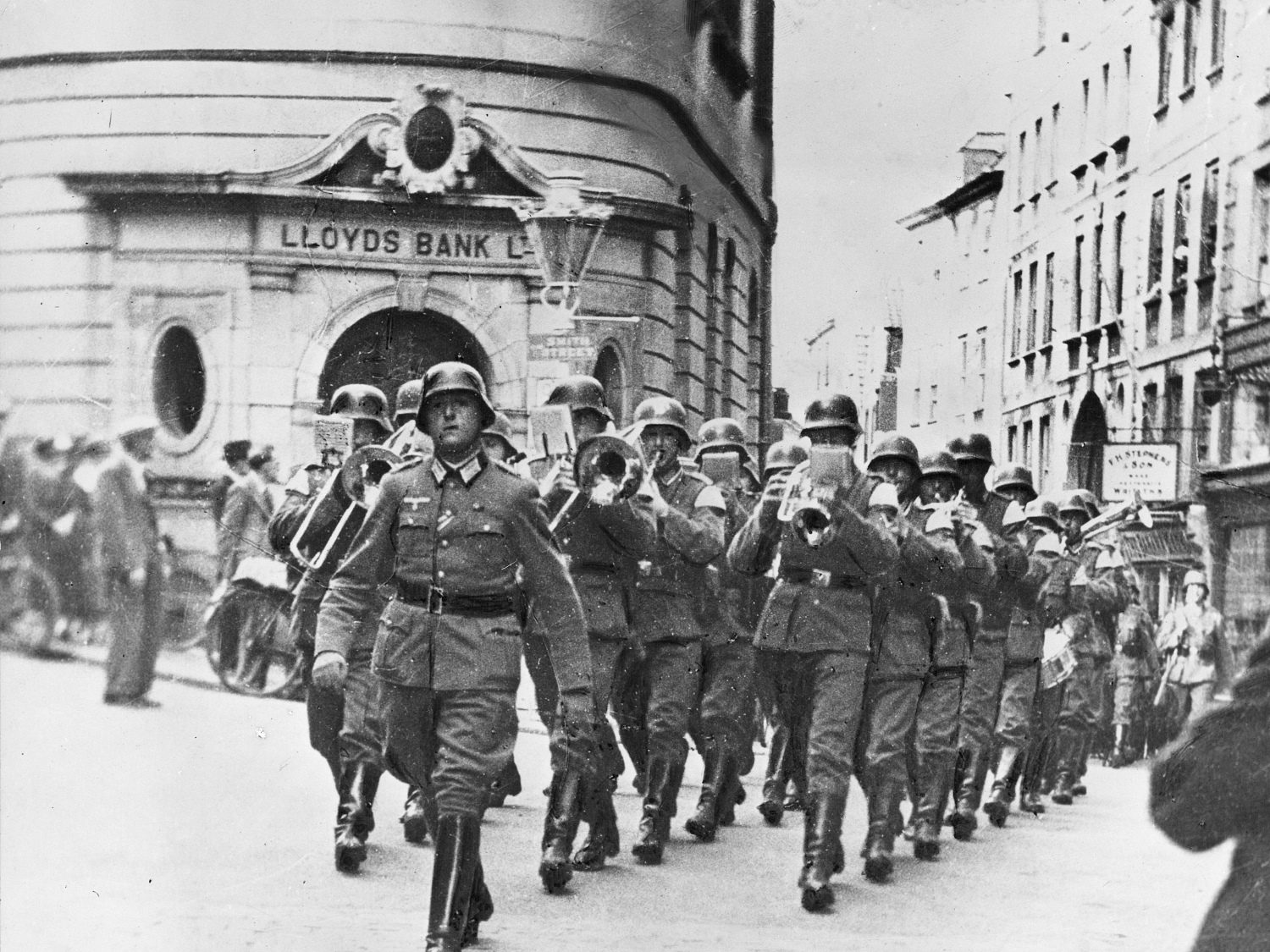
In May 1945, after Britain had retaken the island, Captain Theodore “Bunny” Pantcheff was dispatched to Alderney to conduct an investigation on behalf of British intelligence. He was 24 and had been a star investigator at the London Cage, British intelligence’s secret interrogation facility. He was fluent in both German and French and had visited Alderney as a child.
Pantcheff interviewed 3,000 witnesses and produced a harrowing report. “Crimes of a systematically callous and brutal nature were carried out – on British soil – in the past three years,” he wrote, before detailing how forced labourers were tortured, starved, and worked to death.
But no prosecutions were ever brought. Instead, the British government packaged up Pantcheff’s report and sent it over to the Soviet Union. In 1947, the French War Crimes authorities requested a copy. “I regret that the only information we can give you on this matter is the general statement that the Russians were treated with great cruelty,” the British letter to the French authorities read. Bunny Pantcheff’s report remained a secret for decades.
Perhaps the most important prosecution that never happened was that of Major Carl Hoffmann, the brutal commandant in charge of corralling forced labourers into building the island’s fortifications. After the war, the story ran that Hoffman had been hanged in Kyiv in 1945. But in reality, he had walked free. He was held in British custody until 1948 before being allowed to return to Germany. He died peacefully in Hamburg in 1974.
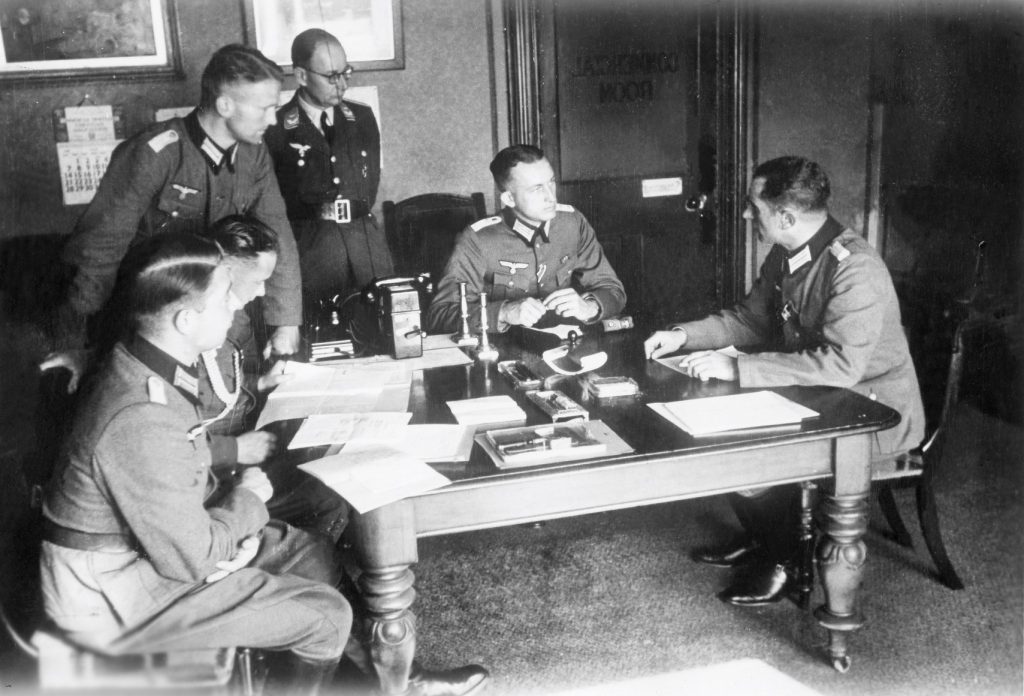
In the late 2000s, many of the materials from Pantcheff’s report became accessible at the British Archives. There are, however, files that are not included in the papers – particularly the full statement of an islander named George Pope, who said he had seen almost 1,800 Ukrainians die, and as many as 400 Jews thrown into mass graves. His account was regarded as unreliable by Pantcheff, who suspected Pope of collaborating with the Germans.
“You have to ask yourself realistically, what size of labour force would you have needed to complete such constructions?” said Marcus Roberts, the Anglo-Jewish heritage historian. “I can say with a high degree of certitude that at least 15,000 died there,” he said. “I wouldn’t be surprised if that number could be as high as 30,000.”
In early 2016, two drill rigs arrived on Alderney. One was stationed just offshore. The other was on the fields where forced labourers’ graves are known to be. The Alderney government had been consulting on a scheme to build an underground electricity link between France, Alderney and Britain. The cable would span the island of Alderney – and potentially carve right through Longis common, where hundreds of forced labour victims are buried.
Residents said that the Alderney government did not engage with them, so that when the drills arrived, many didn’t know what they were doing. One resident contacted the police on the neighbouring island of Guernsey to report that a site of mass murder was being plundered. Britain’s Chief Rabbi, alongside academics and local historians, all aired concerns that mass graves, including those of Holocaust victims, would be disturbed. The Russian Embassy got involved, issuing a statement saying that any remains of Soviet citizens found during construction should be identified and given a proper burial.
The company then announced that the interconnector would no longer run through Alderney.
The argument over the project woke many islanders up to the pressing question of what had really happened during the war years.
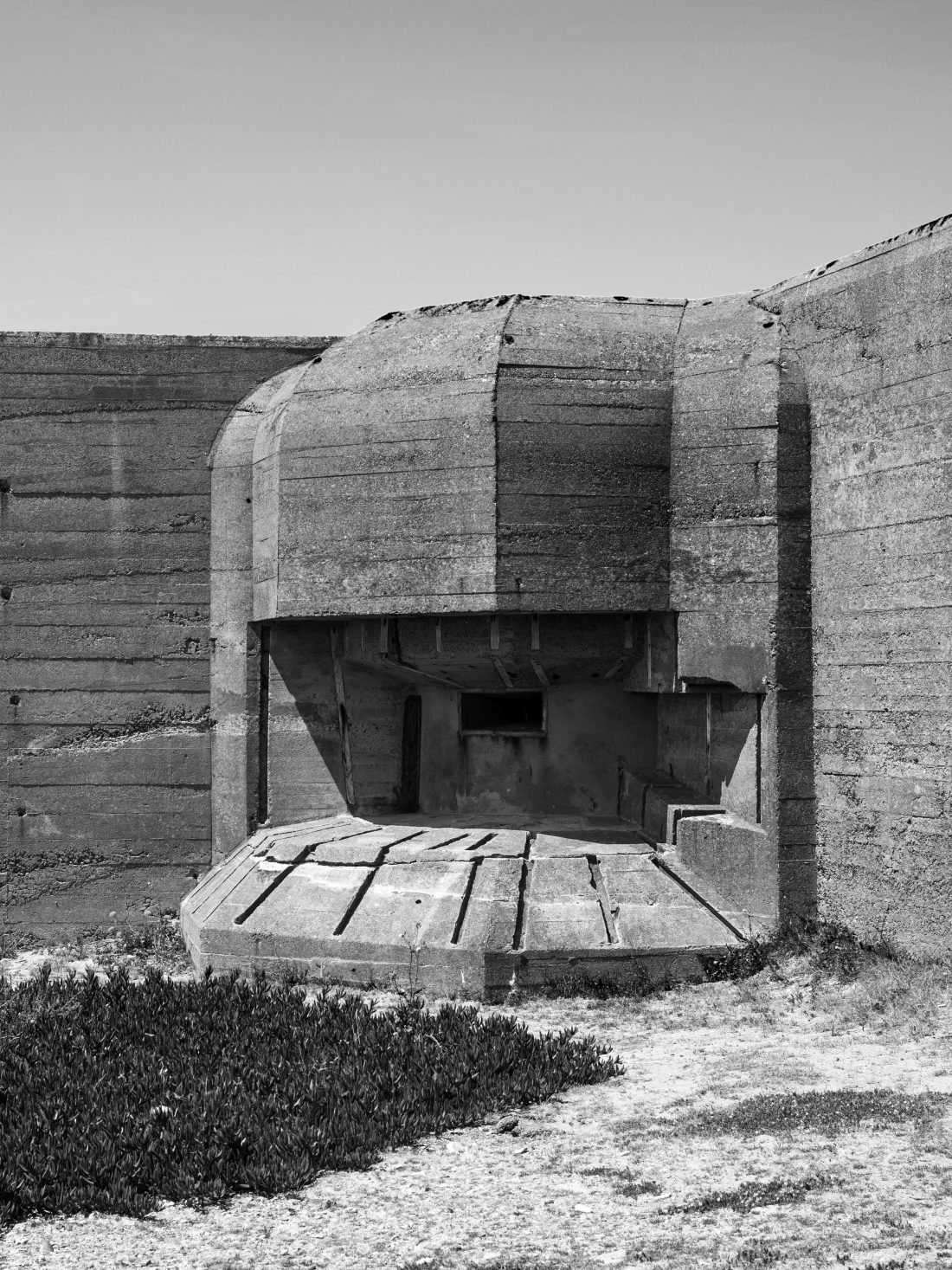
Nigel Dupont, 63, is a lifelong resident whose family have lived on the island for six generations. We drink tea in his kitchen, which looks out on Longis Bay. An anti-tank wall, where witnesses said they saw bodies thrown into the cement, can be seen in the distance.
“Lots of dark things happened here,” Dupont said, remembering how he grew up in a culture of collective silence. In the 2000s, that attitude began to change. “As people started to die, there became more pressure to talk,” he said. Dupont said he paid little attention to the significance of the architecture as a young man. He used to throw parties in the German bunkers. But as he got older and became a building contractor, he began to see things differently. “My generation is ready to know the truth.”
In 1947, two years after he visited Alderney to conduct his investigation into German atrocities, Pantcheff wrote a memorandum to himself. It was a list of sentences, each starting with the same four, underlined words: “I must not forget.”
“I must not forget the dead who were murdered. Nor the face of a corpse that has been maimed and buried alive. Humanity has been and is being outraged; only the few who are wholeheartedly persuaded of that, who know, will be prepared to do anything about it.”

